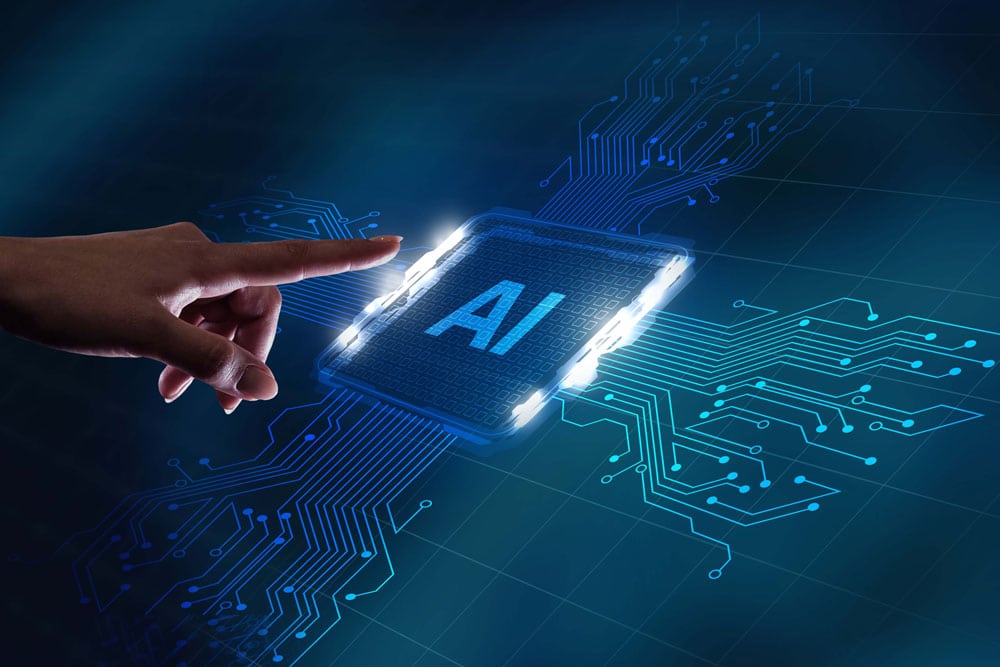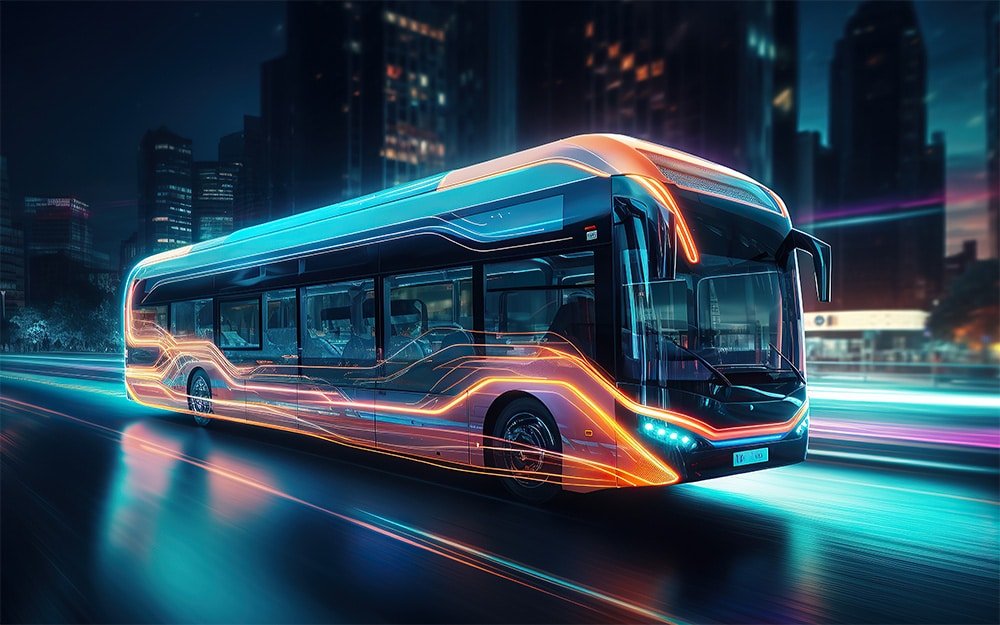Mobility & Tech
Mobility & Tech
Implementing AI

shutterstock / Den Rise
Artificial Intelligence (AI) is a breakthrough technology that promises us a new universe. Will machines use artificial intelligence to perform mundane tasks, freeing us to live better lives or solve bigger problems? Will they help us solve the bigger problems by giving us insights we wouldn’t have found otherwise? And let us not forget the classic scenario where the AI we create will decide it knows best and ultimately destroy our race in War Games or Matrix fashion.
The City of Las Vegas seizes on new and innovative technology solutions, and I have been fortunate enough to lead a few projects that have significant AI components. We’ve found that implementing it is hard but worth the effort. It turns out that the millions of years Mother Nature took to develop our brains resulted in some incredibly complex systems that are difficult to duplicate using 1s and 0s. We have fallen in love with the concept of AI and when those of us who are uninitiated think about it, the tendency is to fall into the same trap that we in the industry see repeatedly with parking outsiders. It’s the “how hard can it be?” trap.
Remember when the Autonomous Vehicle (AV) visionaries predicted that AVs would be on the road in Level 5 status (where the vehicle is doing 100% of the driving with no human interaction) in five to ten years? That hasn’t happened, and it doesn’t appear to be around the corner either. There seems to be a near elimination of people saying that Level 5 AVs will shortly become mainstream. Instead, we are seeing AV features appear in vehicles that assist the driver in making decisions: staying awake, staying in the lane, etc. This seems to be a sustainable trend that will get us there, but over a much longer time frame.
To create an AI system designed to solve problem, first a digital neural network is created. Then, a process called backpropagation is used to train that network to accurately interpret the information it is given. Let’s use the example of an end-goal of identifying a vehicle parked on the curb that is being used for ridesharing. Since the main identifier that distinguishes a vehicle as a regular or ridesharing vehicle is the logo attached to the front windshield, the AI system must identify the logo displayed on the car to successfully classify the vehicle. It is given images of vehicles containing the logos to process. Once the AI has an answer for an image, you go backward through the network to strengthen or weaken various neural connections based on a human annotator’s inputs. This changes the way it processes data and helps it come to the right conclusion. Then you repeat it again and again with new data sets until the network is trained adequately.
This approach rarely works if the data provided for training is not representative of the real world, which can be affected by different lighting, partially blocked logos from other objects, different location of the logos on a vehicle, different vehicles, rain, sun, night, etc. This is where data engineering comes into play; the engineers need to collect data that will train the AI to perform as expected upon installation. As you can imagine, the best data you can get is real-world data, so there is always a period of learning that occurs “on the job.” The quality of the AI engineering team will determine how much of that is needed. This is very different from non-AI based technology installations where the reasonable expectation is that the technology has been tested, properly configured, and works as expected immediately.
To complicate matters further, you also can’t give the neural network too much of the same type of data, because then you run into a problem called “overfitting.” This is where you have given the neural network so much of the same thing that it just memorizes what you have given it and it can’t accurately interpret new data. For example, say your toddler brings you a book and starts reading to you—you figure out quickly that they have memorized it because they have heard it so often. If you give them a new book, they won’t be able to read it even if there are a lot of the same words in it.
Researchers are constantly trying to reduce the time it takes to train AIs, and the best method so far is to increase the model size and the size of the network. There are major drawbacks to this method as it requires massive funding, computer resources, and energy consumption. It concentrates control of the process in the hands of large corporations with vast resources and turns out to be bad for the environment. However, if you have an excellent AI engineering team that knows what they are doing, they can work with a smaller (less expensive) neural network and still get excellent results.
Obviously, there is much more to the science behind AI, but one starts to understand why it is so difficult. It is time consuming and complex because we haven’t really figured out how the human brain so effortlessly learns—it doesn’t need backpropagation. There is only the forward pass of data, not the backward pass where neural connections are adjusted to improve the conclusion. What we think of as simple can be extremely difficult for a machine to learn, and vice versa. A computer will beat me at math 100% of the time. On the other hand, learning to tell the difference between a paper bag and a cat in front of the car is pretty simple for me, not so much for an AI.
In conclusion, when considering solutions that involve AI, you should have patience, open dialogue about what is possible and realistic expectations about the process. Ask a lot of questions, not just of the salespeople (who may also be victim to the “how hard can it be?” trap) but also of the people that train and develop AI within an organization. Is the solution in use elsewhere? This reduces the amount of learning you may have to experience, but don’t make the mistake of thinking it will be eliminated. If it isn’t already in use, it’s exciting to be on the front lines of a new application—just be prepared for a longer and much more iterative process than you might anticipate. Mostly, remember the rewards are worth it if you are patient and focused.
Brandy Stanley, CAPP, MBA, is Vice President at FLASH Parking and Co-Chair of the IPMI Sustainable Mobility Task Force.
-
Brandy Stanley, CAPP, MBAhttps://parking-mobility-magazine.org/author/brandy-stanley-capp-mba/April 6, 2023
-
Brandy Stanley, CAPP, MBAhttps://parking-mobility-magazine.org/author/brandy-stanley-capp-mba/January 8, 2024
-
Brandy Stanley, CAPP, MBAhttps://parking-mobility-magazine.org/author/brandy-stanley-capp-mba/April 2, 2024

The Digital Tsunami is Here
How Data Standards are Shaping the Future of an Interconnected

A Glimpse of the Future
From the Editor Melissa Rysak, editorrysak@parking-mobility.org At the IPMI Leadership

Beyond Plugs
How Wireless Charging Technology is Revolutionizing Electric Public Transportation







